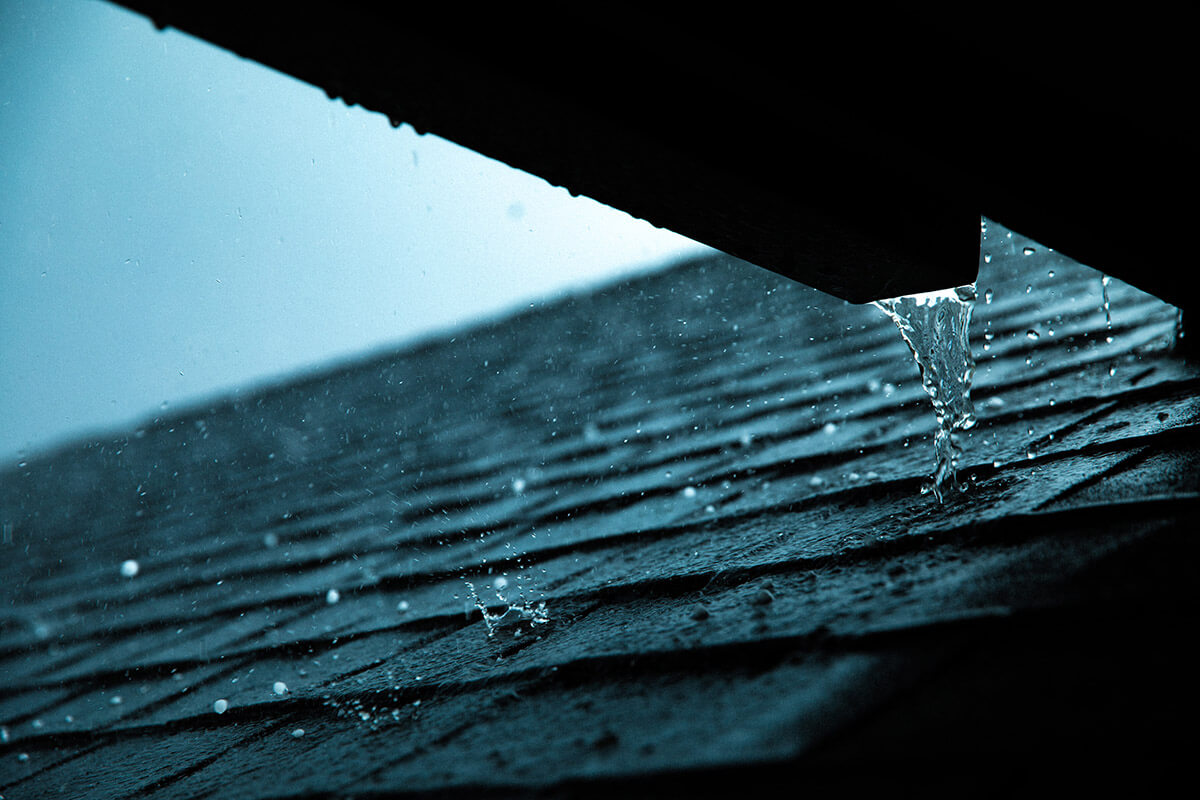
Protect Your Property From Storm And Wind Damage
by Andy Shafer
It is the time of year for thunderstorms and recurring winds, and bad weather can cause substantial and costly damage to your home, business, or other property. Shafer is here to help you prepare for any issues that may arise, noting that a few preventive steps can help you reduce your risk of weather-related damage.
First and foremost, if you receive a storm warning, always follow the guidance of local authorities. We have 10 tips to help lessen storm and wind damage to your home or business.
- Do routine checks on your roof. Set a calendar reminder to be on the lookout for any noticeable issues. Consider hiring a roofing professional (making sure they are properly licensed) to measure the integrity of your roof and note if there is a need for any necessary repairs.
- Regular maintenance of roof flashing and siding. Look for loose shingles or siding, as wind can rip away shingles or worsen cracks in a building’s siding. This can lead to seepage of water or major water damage.
- Make sure rooftop equipment is firmly affixed. Extreme winds can cause issues with any satellite dishes, lights, solar panels, and other items affixed to your roof. The use of anchored straps and cables to hold these items in place is a best practice.
- Gutters and downspouts should be cleared. Rain often accompanies strong winds, and water damage is possible if your home or business’s drainage system is blocked.
- Examine trees on or near your property. As we addressed last week, strong winds can take down dying or dead trees, which can cause damage to your house or car. If you are concerned about a large tree close to your home or business, call a properly licensed professional for pruning or removal.
- Clear any debris from around your property. Powerful winds can propel loose objects (such as tools, scrap wood, and children’s toys) which could lead to broken windows and damaged walls.
- Secure outdoor furniture indoors. If possible, have a dedicated place to store these items when a storm warning is issued. You might also think about using anchor straps or cables to tether them to a secure structure so they don’t blow away.
- Secure your space. Make sure to close and lock windows, doors, garage doors, and other entries (such as a loading dock) to help minimize potential wind uplift.
- Prepare your vehicle(s). Make sure your vehicles are garaged or covered. If that isn’t possible, ensure they are away from any trees.
- Map out an emergency plan. Be sure any emergency alerts on your cellphone are enabled so you are up-to-date with the latest news. Pick a place where you and your family (or employees) will go if emergency services declare a weather emergency. Have a prepared disaster kit (complete with food, water, flashlights, first aid supplies, etc.) in case you are without power or water for a few days.
Making time to perform routine checks in preparation of wind and storms can improve the odds of keeping your home or business property safe. If you do experience a loss, please contact us as soon as you are safe, so we can help guide you with your claim.
